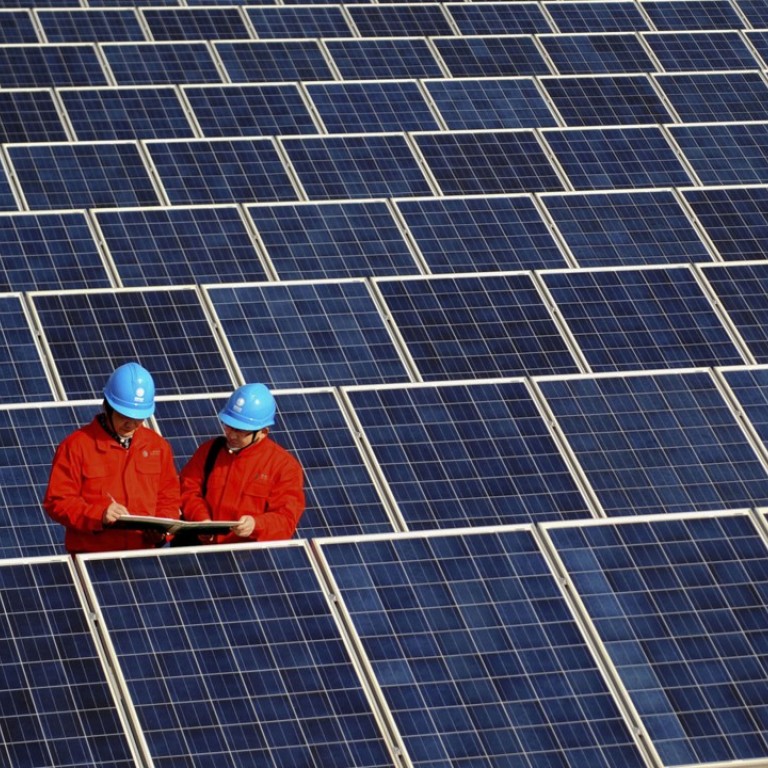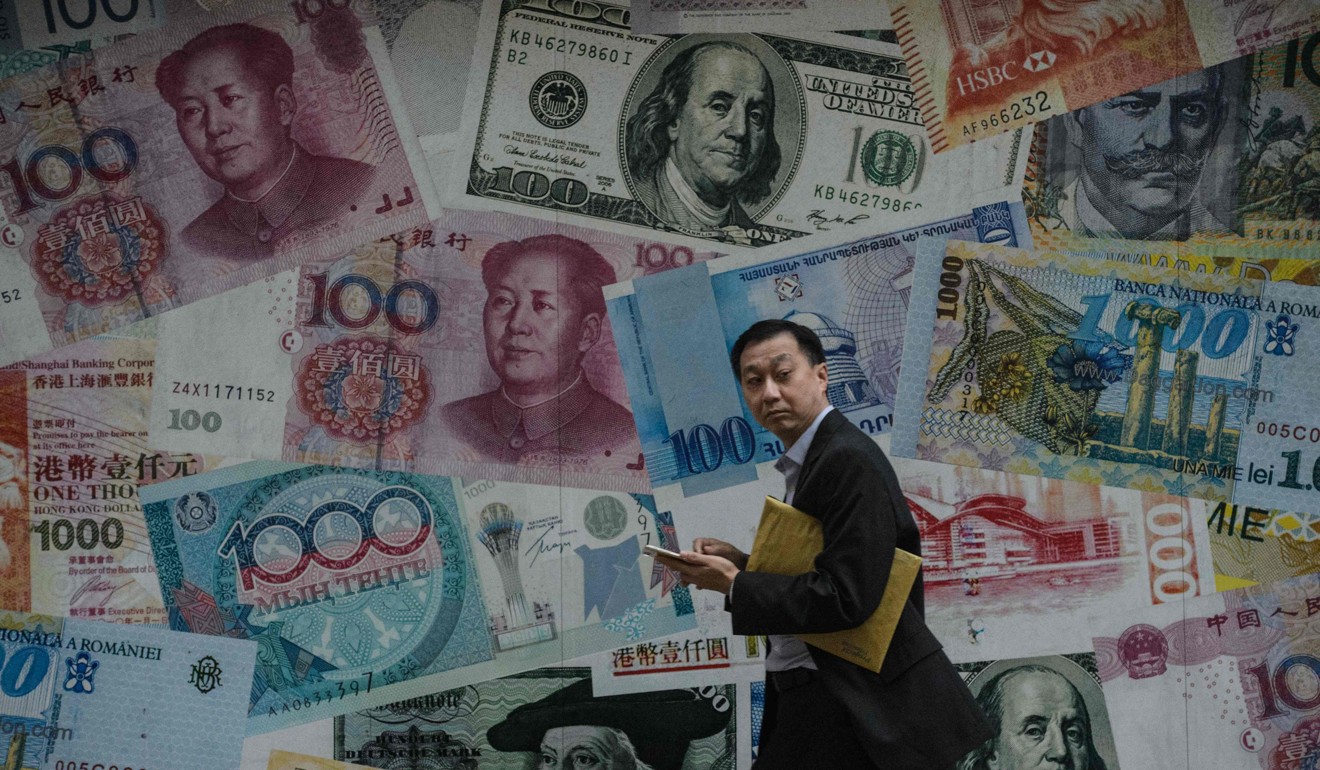
Can China realise Xi Jinping’s vision for a green measure of sustainable growth?
National Bureau of Statistics is working on a new “sustainability metric” but it remains in its early stages, official says
China is investigating new ways to measure the performance of local government officials to better reflect President Xi Jinping’s vision for a cleaner and sustainable economic growth model, according to people involved in the studies.
Unlike the current assessment system, which is focused almost exclusively on bottom line economic growth, proposals for the new system are geared more towards the environment, sustainability and fairness.
Ma Guoxia, a researcher affiliated to the Ministry of Environmental Protection, said that measures of green GDP – which factor the environmental consequences of growth into a country’s conventional GDP – already exist, but are seldom used because of their “sensitive” nature.
“Green GDP exists at the research level. It is rarely used in practice, however, and plays only a small role in the evaluation of local government performance,” he said.
“Some people question the calculation methodology,” he said, adding that the “availability and consistency of data also affect the final results”.

China actually published its first green GDP report in 2006, which found that pollution caused a loss of 511.8 billion yuan in 2004, equivalent to about 3 per cent of that year’s gross domestic product. The findings were so shocking that the publication of such figures was shelved until 2013, when it was reported that ecological degeneration, had it been included in the calculations, would have wiped 3.5 per cent off GDP for 2010.
People who have worked on green GDP calculations told the South China Morning Post that the data continue to be produced, but only for reference purposes.
That could soon change, however, as teams are working on ways to improve the green GDP calculation system, especially in light of Xi’s order for the country to switch from a “high-speed” to a “high quality” growth model.
According to a statement released after this week’s central economic work conference, China must “build and improve mechanisms for pushing forward high-quality growth, including the necessary indicators, policy systems, measuring standards, and statistical and performance assessment systems”.
Lu Haiqi, an official with the National Bureau of Statistics, said his agency was currently working on a new “sustainability metric” but that it was still in the early stages.
Meanwhile, the China Centre for International Economic Exchanges, a governmental think tank comprising retired economic policymakers, this week released a new sustainable development indicator system, which uses 26 criteria to measure the sustainability of 30 provincial economies.
Developed in cooperation with Columbia University’s Earth Institute in New York, the system gives GDP growth a weighting of just 0.94 per cent, while prioritising such things as the amount of green space per capita each province has (17.77 per cent) and its sulphur dioxide emissions (8.42 per cent).
On that scale, China’s top performing jurisdictions in 2016 would have been Beijing, Shanghai and Tianjin. In the actual, GDP-only, charts, the top three places were occupied by Chongqing, Guizhou and Tibet.
Similarly, the rust belt province of Liaoning, which was bottom of last year’s performance tables – its economy contracted by 2.5 per cent – would have finished mid-table under the new measuring system.
Satyajit Bose, an associate director of Columbia University’s sustainability management programme, said the new system could enhance government decision-making and “hopefully will be used to appraise the performance of local officials”.
Although China “shines” when it comes to economic growth, it lags behind rich countries in terms of its environmental and social indicators, he said.

